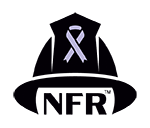About
The NIOSH National Firefighter Registry (NFR) for Cancer is the largest effort ever undertaken to understand and reduce risk of cancer among U.S. firefighters. The newsletter delivers the latest news on the NIOSH NFR for Cancer. Subscribe for updates on our recent milestones and upcoming activities.
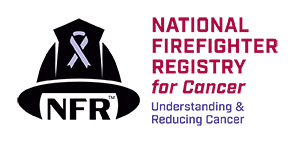
Greetings from the Manager of the NFR for Cancer
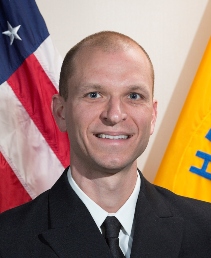
The NIOSH NFR enrollment site is back online! Firefighters all over the country – active or retired, career or volunteer, structural or wildland, with or without cancer – can once again enroll in the NFR by visiting https://NFR.cdc.gov.
We have never lost sight of the importance of this effort. Firefighters are still being diagnosed with certain types of cancer at rates higher than the general population. There is still a lot to learn about their cancer risk, including occupational factors associated with that risk.
Our goal is and always will be to better understand firefighters’ cancer risk and use that knowledge to reduce or prevent cancer in the fire service.
By March 31 of this year, nearly 24,000 firefighters had enrolled in the NIOSH NFR. Now more than ever, it’s time we start growing this number again. We are already seeing a strong response, with more than 1,000 new participants over the last few weeks. Please continue to promote the NIOSH NFR to firefighters all over the country. Read below to learn about our continued efforts to grow the NFR and advance our understanding of firefighters’ exposures and health outcomes.
Kenny Fent, Captain, U.S. Public Health Service, Manager, National Firefighter Registry for Cancer (NFR)
Request Professionally Printed NFR Materials
NFR communication materials are free to download from our website, but did you know you can also request professionally printed materials for free? Available materials include fact sheets, posters, and palm cards. To request print materials, email us at NFRegistry@cdc.gov.
How Your Information Can Help Fight Cancer
If you haven't had a chance, check out our article in Crackyl magazine, "How Your Information Can Help Fight Cancer." This article was featured in Crackyl magazine's special issue, A Focus on Cancer in the Fire Service, which was passed out to attendees at the Fire Department Instructors Conference (FDIC) in Indianapolis in April. The article explains the importance of the NFR, how NFR data will be used to address knowledge gaps, the potential long-term impact, and key privacy and data security components. Please feel free to share the article with others in the fire service.
Gold Helmet Initiative
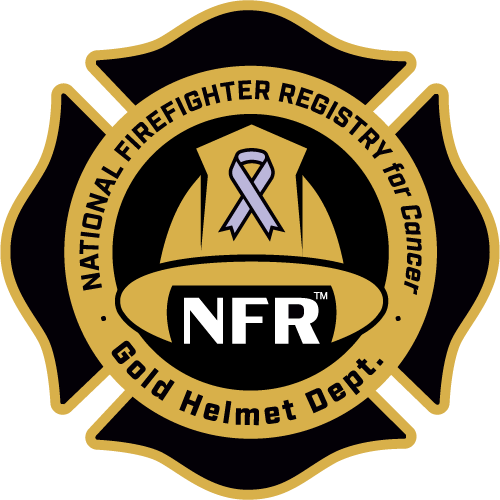
The list of Gold Helmet Departments is growing! We are now up to 29 Gold Helmet Departments. Gold Helmet Departments are U.S. fire departments with at least 50% of their active firefighters OR more than 300 of their active firefighters enrolled in the NFR. Thanks to the newest Gold Helmet Departments:
- Altoona Fire Department, IA
- City of West Fargo Fire Department, ND
- Des Moines Fire Department, IA
- East Dubuque Fire Department, IL
- Frederick County Division of Fire and Rescue Services, MD
- Frederick-Firestone Fire District, CO
- Lee's Summit Fire Department, MO
- Kirkwood Fire Department, MO
- Rio Verde Fire District, AZ
We would also like to provide our utmost gratitude to Chief Jeff Bryant from Dinges Fire Company and Bullard Safety Equipment for donating a Gold Helmet in the memory of Chief Albert Schlick and Lt. Kenneth Larsen from the Huntley Fire Protection District in Illinois. This helmet is a symbol of all the firefighters across the United States who are battling cancer or standing alongside their brothers or sisters in the fight against cancer. We will look for ways to share this symbol with Gold Helmet fire departments who have recognized the importance of the NFR in this fight.
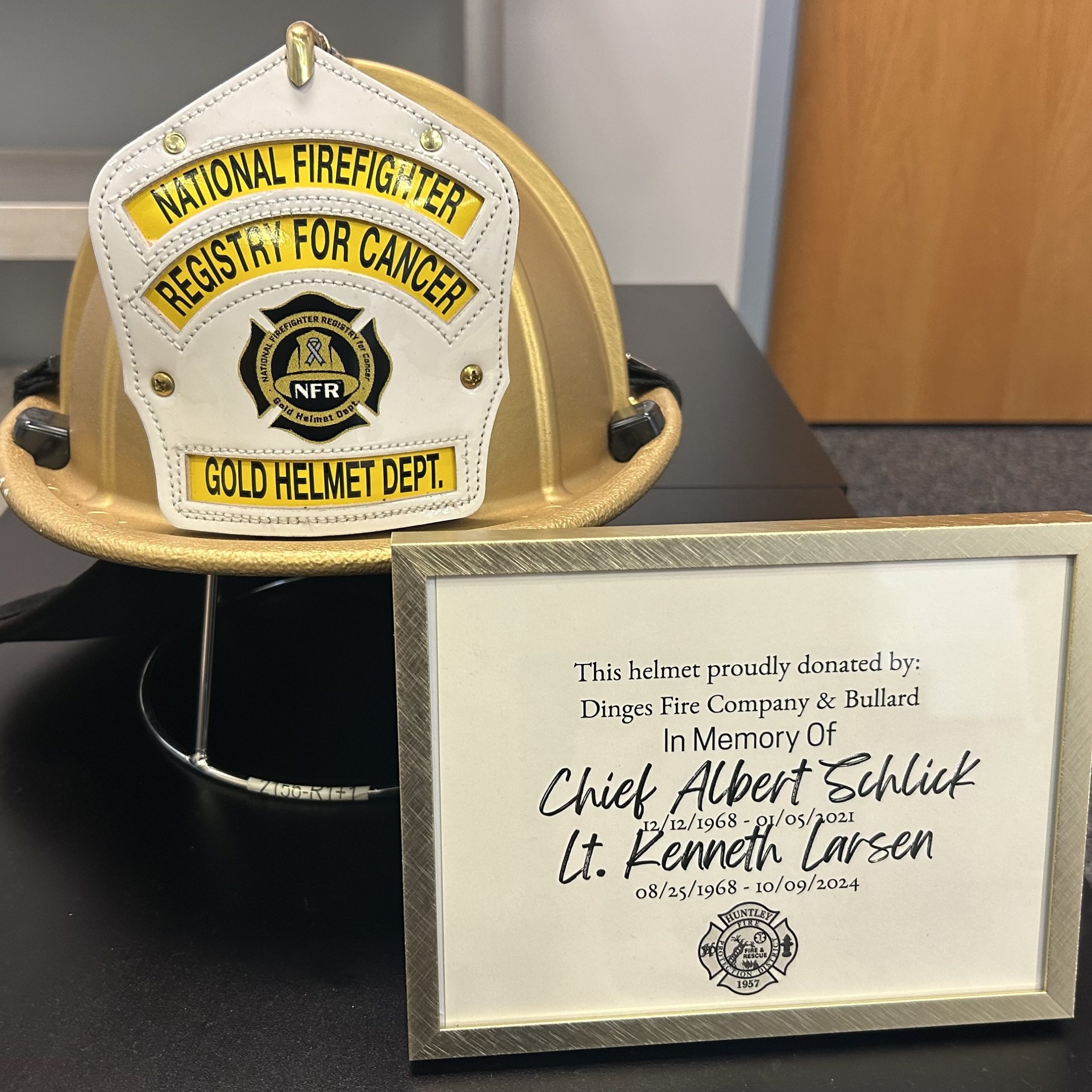
NFR Protocol
Updated versions of the NFR scientific protocol, user profile, and enrollment questionnaire are now available on our website. Other researchers can use these documents to learn about our methods and even adopt parts of the questionnaire, leading to new opportunities and collaborations.
Scientific Publications
NFR team members and other NIOSH researchers published a report summarizing Maui County first responders' perfluoroalkyl and polyfluoroalkyl substances (PFAS) serum concentrations following the 2023 Maui wildfires. To assess PFAS levels, NIOSH researchers collected blood samples from Maui County employees involved in the wildfire response approximately 1 month after the disaster and analyzed the specimens for several PFAS compounds. Firefighters had higher concentrations of PFAS in their blood than other responder groups. Additionally, firefighters who had been working for 30 years or longer had higher PFAS concentrations than firefighters with shorter job tenures. Although it is unclear if the PFAS concentrations found in firefighters' blood were related to exposures during the Maui wildfire, it is important to continue studying firefighters' exposures to hazardous substances like PFAS to identify ways of reducing those exposures in the future.
The NFR recently established a collaboration with the Fire Fighter Cancer Cohort Study (FFCCS). Alex Mayer, health scientist on the NFR team, contributed as a coauthor to the April 2025 FFCCS Protocol paper. This manuscript provides details about the FFCCS and presents demographic data for the 6,000 firefighters who have enrolled in the study. Notably, it also explains how all current and future FFCCS participants will be given the opportunity to enroll in the NFR. Firefighters participating in both projects will help researchers gain deeper insights into the connection between firefighting and cancer. The NFR will provide cancer diagnosis information, while the FFCCS will explore epigenetic changes and other biological effects that may increase one's cancer risk.
NIOSH staff wrote an article for FireRescue1 titled, "How to Protect Structural Firefighters Responding to WUI Fires." The article highlights a review of 13 investigations completed by the NIOSH Firefighter Fatality Investigation and Prevention Program and actions that fire departments can take to reduce firefighters' risk in the wildland-urban interface (WUI). The article provided three specific actions that departments can take to better protect firefighters:
- Provide wildland or WUI firefighting training that includes knowledge of the wildland environment, familiarity with tools/equipment, fire behavior, and firefighting tactics.
- Provide appropriate personal protective equipment (PPE), including wildland firefighting PPE and approved fire shelters.
- Implement and deliver comprehensive health-related fitness programs.

